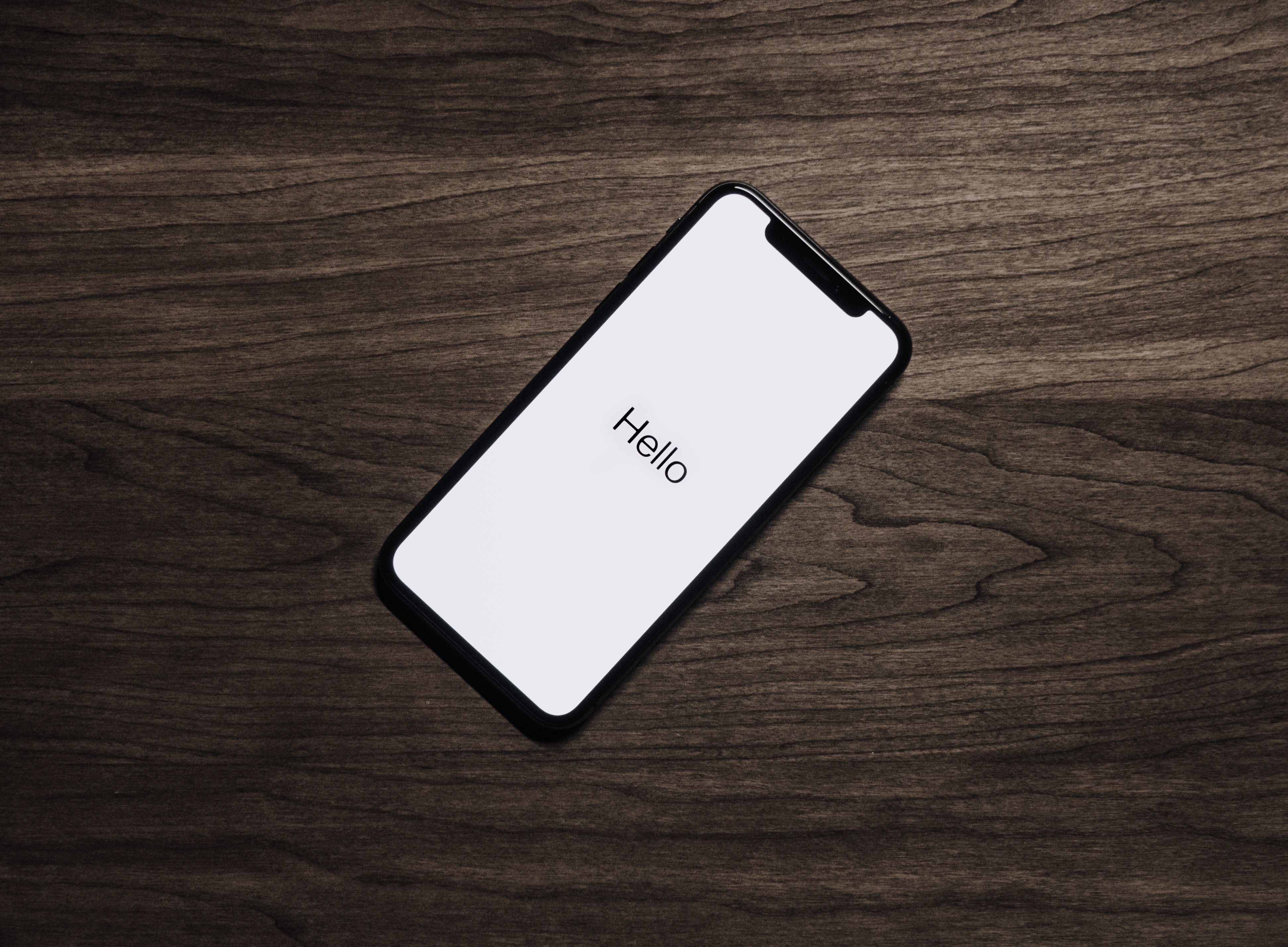 Looking back at the most important companies and innovations that have shaped the modern world of work and leisure time, there isn't any doubt that Apple stands in the upper echelon. Under the genius stewardship of Steve Jobs, alongside Steve Wozniak and Ronald Wayne, the company has become one of the biggest brands in Silicon Valley, producing premium personal computers, smartphones, and running several media platforms to create a massive Apple ecosystem.
Looking back at the most important companies and innovations that have shaped the modern world of work and leisure time, there isn't any doubt that Apple stands in the upper echelon. Under the genius stewardship of Steve Jobs, alongside Steve Wozniak and Ronald Wayne, the company has become one of the biggest brands in Silicon Valley, producing premium personal computers, smartphones, and running several media platforms to create a massive Apple ecosystem.
In 1984, the company released the first Mac, known then as the "Macintosh," with its now-iconic advert praised most of all. Further development helped to make it a popular player in the burgeoning personal computer space, with Jobs' grand return to the company in 1997 helping to reaffirm the Mac as a competitor to Microsoft's PCs.
In 2007, Jobs introduced the world to his first iPhone. With its minimalist design, innovative touch-screen, and touch-optimised OS, it quickly became the must-have pocket device.
While Apple also brought the world the iPad, AirPods, the Apple Watch, and the beloved iPod, it's the iPhone and Mac lines that remain incredibly popular and have had a lasting influence on the world of personal tech. So, which one has been the most influential?
Legacy of the iPhone

At the time of the iPhone, the multi-character buttons of most mobile phones were taken over by the full QWERTY keyboards of the BlackBerry. It's tough to understate the increasing dominance of BlackBerry in the 00s, but then came the iPhone, which swiftly nullified the surging Canadian smartphone line. The sheer accuracy and ease of use of the iPhone's on-screen keyboard is what set it apart from BlackBerry, with what's missing being its most remarkable feature – which was a physical dial pad.
The iPhone was the first smartphone of what we see as smartphones today, Sony Ericsson and BlackBerry were already selling popular models of smartphones. It was the touch-screen with its touch-optimised interface that made it such a runaway success amidst the established competition. The series of charts Vox has pulled together further showcases how the iPhone and its subsequent models changed the world, including connecting to the internet, making apps wildly accessible and profitable, and integrating professional-tier cameras.
It's the combination of viable touch-screen controls and apps that look to have made the most profound impact on our lives. Now, businesses have to develop with a mobile-first mentality because of the convenience and adoption of iPhone successors and the 2.1 million App Store apps. It impacts everything, from mobile-first web design to the creation of new mobile products. Initially available on desktops, all of the online slots at Betway are now mobile-compatible with touch controls on games from Mask of Amun to the classic Immortal Romance. This move follows a trend of online casino providers capitalising on mobile gaming virtual real estate.
Founded in 2004, Facebook was an established social media platform through desktop screen access, but the rise of the iPhone forced it to pivot into mobile accessibility and apps. Further, it gave rise to a new area that other social media platforms could compete through. The image-scrolling Instagram, released in 2010, is a fine example of this, and now it needs to try to copy another mobile-first social platform – short-video brand TikTok. All of this is down to the minimalist touch screen of the iPhone and its App Store ecosystem.
Legacy of the Mac

The legacy of the Mac isn't anywhere near as triumphant or clean as that of the iPhone. It's certainly a legendary device, and Mac's birthday is still celebrated here, but there was a missed opportunity to really take the market by storm – which Jobs didn't fail to repeat when it later came to the iPhone. The creation of the Macintosh came through competition within the company, and ultimately, its lack of sustained success was blamed by Jobs on CEO John Sculley pricing it $500 more than Jobs wanted. Microsoft proceeded to dominate.
Still, the Mac did bring muted mainstream attention to a great many features and technological applications that underpin many modern functions. The HyperCard, developed by interface-genius Bill Atkinson, can be seen as an early influencer of the eventual creation of the World Wide Web, and Apple's QuickTime software on the Mac enabled high-quality digital video. Then, moving on from trackballs, the PowerBooks were launched in 1994 with touch pads, which you'll still find on laptops to this day.
While the original Macintosh is loved by 80s computer enthusiasts, it was the iMac in 1998 that truly kicked the brand into high gear. From a purely customer-facing standpoint, the blue casing of the 15-inch monitor proved ingenious in a space of grey and beige computers. It became the iMac as the "i" stood for internet, among other words, and was marketed as much. So, customers could get a powerful, internet-connected device that had massive aesthetic appeal. On top of that, its USB port effectively killed off floppy discs.
Both Apple creations remain wildly influential in the modern tech market, but of the two, it's pretty clear that the iPhone has been the most influential on the world.